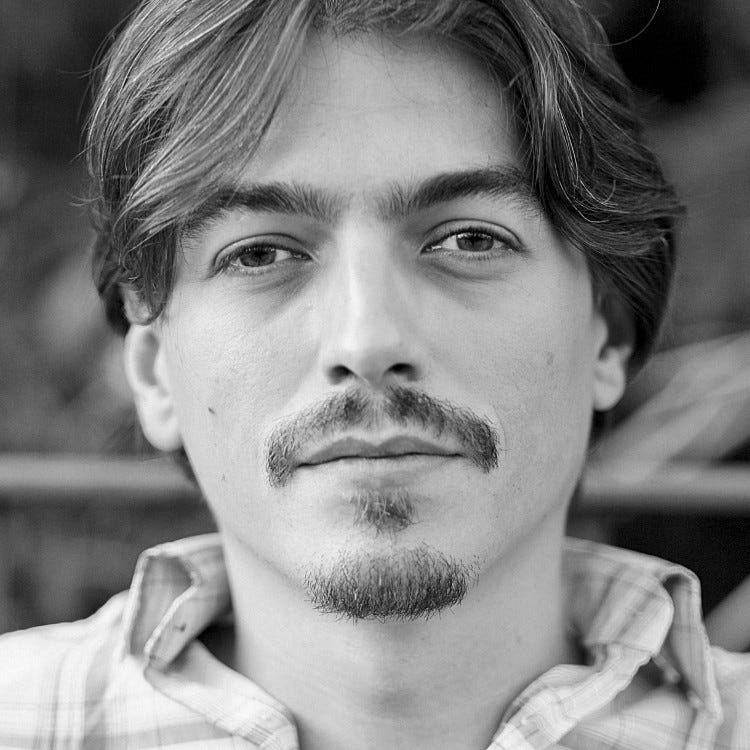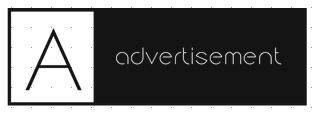Interview with Nanotechnology Young Researchers (I)
Interview with Enrique Sahagun (Scixel, Spain)
Welcome back to this issue of my Nanotechnology newsletter. I would like to offer the reader a series of interviews with young researchers in Nanotechnology & NanoScience in the following issues of the newsletter (although I will continue to introduce the reader to the different fields that compose nanoscience and nanotechnology).
For several years we have been organizing conferences after I left research and this has allowed me to meet many people from many countries. I met many of them while they were PhD students and now they are Doctors and many of them even have their own research group. I wanted to focus on those young researchers who recently finished their doctoral thesis and are currently doing a PostDoctoral or with a contract in a University / Research Center.
I would like to start this series of interviews with Enrique Sahagun (Spain). I have known Enrique for a long time (probably during a Nanospain Conference (Nanotechnology in Spain) or TNT Conference and I have met him in several conferences. Thank you very much Enrique for lending me some of your time.
Biography:
Enrique Sahagún studied Physics at the Universidad Autónoma de Madrid. Later on he got his PhD at the same university along with a Master in Biophysics.
In 2012, putting together his interest in science and his experience in CGI, he started SCIXEL. His job involves all sort of graphic material creation for scientists: from covers and technical figures for papers, to digital animations for documentaries.
1.- Hello Enrique (kike), tell us how Nanotechnology came to your life.
Actually it came somewhat by accident! I studied optics within the physics degree but I was profoundly interested in biology. So once I finished my degree I had the opportunity to study a Master in biophysics. And there I met who later would be my PhD advisor, Juan José Sáenz (Mole). And it was he who introduced me to the “nanoworld”.
2.- You studied Physics Sciences at UAM. What took you from a background in Physics in to the fields of nanoscience and nanotechnology?
As I said, I knew very little about nanotechnology at that time, although huge things were taking place in the field. So somehow I arrived there from molecular biology. My idea was to study protein folding and Mole offered me that opportunity. But from the very beginning I discovered this other huge world of nanotechnology. So having myself a scattered mind, I started paying attention to other problems, like AFM dynamics, or dissipation at the nanoscale.
Image courtesy of Scixel: Artistic representation of an AFM instrument operated in tapping-mode. Thanks to a piezoactuator, the AFM cantilever is excited at its resonance frequency. The deflection of the oscillating cantilever is measured by a photodetector which collects the reflection of a laser beam focused at the back of the AFM cantilever. We will have the opportunity to know more about this wonderful invention in a later newsletter.
3.- Which fields of Nanotechnology have been present during your thesis research? And, what areas of your past research are you most excited about?
There were lots, maybe a dozen before I decided what to write a thesis about. But maybe the ones related to the water behavior at the nanoscale and how it affected measurements were the most interesting. Hydrophobic materials were also a part of my studies. They were fun problems to deal with and luckily we found small but yet significant results on those areas.
4.- One of the recent most amazing discoveries, for me, was finding that gold nanoparticles could be used to detect DNA. Are there any discoveries in the field of nanotechnology that have caught your attention?
Due to my actual job I’m in close contact with new discoveries all the time, not only in the field of nanotechnology and physics, but also in chemistry and biology. If I had to name a few, I’m really impressed with the advances in the nanobio area: drug delivery is a really interesting area were a lot is going on. Also the use of pseudo living organisms together with new materials to confront environmental issues.
5.- When you finished your thesis you decided to embark on a new project (SCIXEL), could you tell us what it consists of and how were the first steps?
SCIXEL is a one-man-project devoted to the creation of graphics for scientists: pictures, covers, animations, material for documentaries, etc.
One of the things I discovered during my PhD was that scientist are required to perform all sort of tasks not necessarily research related. And the creation and design of images is one of those tasks. For all sort of purposes: talks, posters, teaching, papers, covers, outreach, etc…
At that time, I was already familiar with CGI so I started applying my knowledge in computer graphics to my job as a scientist. And although I was just an amateur at that time, my colleagues started paying attention to my illustrations and animations. At some point I asked myself if this would work as a business model, and it did! Since then (10 years ago) I’ve been helping researchers to communicate their results with pictures and animations.
And what’s more important, this job puts me in a privileged position, having the opportunity to know about scientific results before they are published. The first stage in the design of a picture or an animation involves an explanation and discussion given to me by the main researchers. You can imagine how lucky I am.
6.- We were lucky enough to coincide in several congresses over the last few years, do you remember any particular event and why (interesting talk or place, why you had the opportunity to give your first talk, etc.)?
I think I know where you’re going. Those were happy times indeed. I got a lot from that period but if I had to name just one thing, it would be the people I met. Good, nice, funny people that made work pure enjoyment. Not only scientific work, but also helping to organize congresses. And with these people I traveled to amazing places were I learned a lot and had a lot of fun. Places like Cargese, Crete, Zurich or Choroní (Venezuela).
And about my first talk, it came out of my unconsciousness I guess. My PhD advisor offered his research group to give a talk in London and everybody in the group (without me knowing) rejected the opportunity. When he asked me I said yes, just because I thought I had no other option. I had been researching for about three months! Anyway, the talk was Ok, because again, due to my unconsciousness I’ve never felt a lot of pressure.
7.- What has been the highlight of your career so far?
I’m not sure there have been any! But to me, the most important thing right now, work related, is to have a job that joins art and science, that I can handle being my own boss, that involves a lot of problem solving (painting, 3D design, programming, math, etc), and that lets me be in contact with the last advances in science all over the world.
Acknowledgements: Thank you very much Kike for giving me the opportunity to interview you. I hope this interview will be to the liking of my readers. Take care.
Without a doubt I recommend the reader to visit Scixel's website and get to know Kike's artistic-scientific work. Who knows, maybe you are the next person who is asking Kike for a cover, a video or an animation of his research work.
Born in 2012, Scixel is a project devoted to the improvement of the scientific comunication through the creation of graphical products: pictures, animations, graphs, posters, etc. Scixel consists of scientists with a deep knowledge in digital graphics but also with a long experience in giving talks, preparing posters and papers and other daily situations of scientific work.
We have focused our work into universities and research institutes all over the world: TuDelft (The Netherlands), NIMS (Japan), Basel University (Switzerland), Universidad Autónoma de Madrid, CNB or ICFO (Spain), to name a few.
Web: https://scixel.es/
If you are a company or an individual who would like to place your advertising in my newsletter you can contact me (email) and let me know your request of type of ad and number of newsletters you would like to place it. I will send you a budget as soon as possible.








